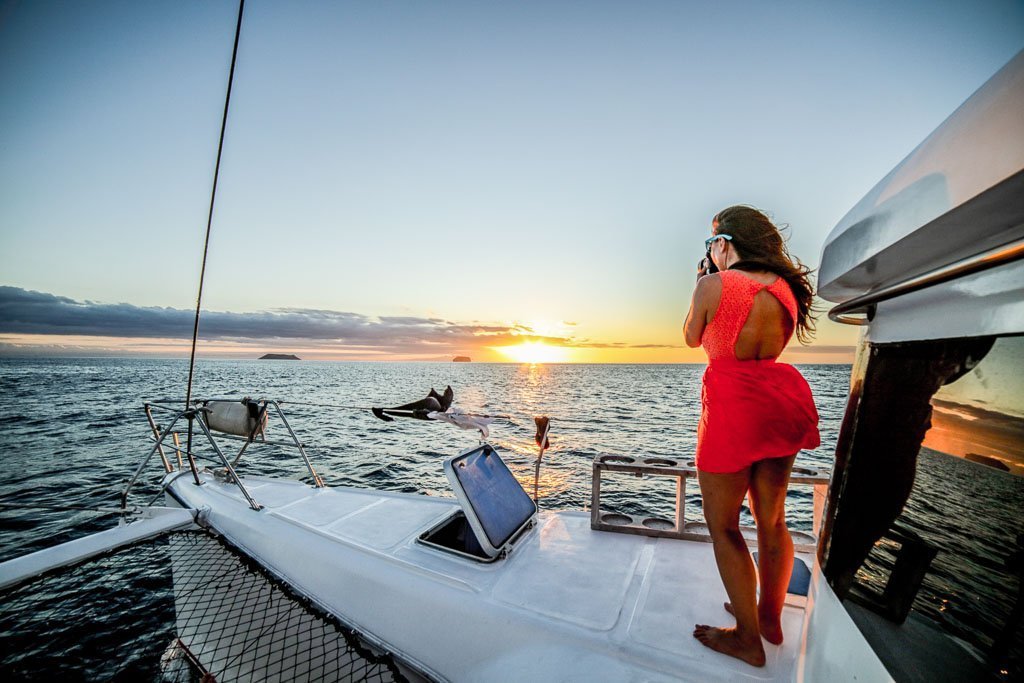
My Travel Photography Gear
Updated July 2022, My Travel Photography Gear was originally written in May 2017
Without a doubt, whether on the blog here or on Instagram one of the questions I’m asked the most is what travel photography gear do you use? People are always asking what Camera I shoot with, what lenses, what I edit with. Well, here it all is!
So without further ado, here are all my secrets as to what photography gear I haul around the world with me.
The Travel Photography Gear behind this blog & my Instagram feed
Camera Bodies
Canon 5DS-R

I have to admit, I felt like this was too much camera for me when I first got it. But fast forward a few years and I’ll admit I’m still totally and completely in love with this camera (minus Canon’s customer service).
It is a full-frame camera and it comes with a hefty price tag of $3,600 USD. Yikes. I can’t believe I now own a camera that costs nearly as much as my first car did.
The other reason I love this camera is that it can take a serious beating. I do try to be careful with my camera equipment, but with the types of photography and activities, I do need something that is durable.
I’ve fallen down mountainsides and into rivers with it. In late 2018 it actually fell about 40 feet onto a concrete block and still worked (there was damage I had to take care of, but still!).
Of course, I’m not saying that Canon is the way to go. My first digital point and shoot was a Kodak, then a Nikon. I stayed with Nikon for a while until I received my Canon Powershot SX230 HS as a college graduation gift.
I ended up choosing to go with Canon on that fateful day in Cambodia I broke the Powershot only because my Mom (who works in a photo lab) suggested I stay with the same brand.
Grant recently switched his whole kit to the Sony a7R IV, leaving me the only Canon user in the house. He seems to love it, I’ve played around with it and don’t feel the need to switch.
Canon 600D/t3i
I still lug this old body around with me. In the unfortunate event of needing a backup, I like to have it with me. It is a good camera, having been through the abuse of me learning how to use it, how to shoot in manual, how to shoot the night sky.
This is a great camera to get your photography footing on. It’s a crop sensor camera, so I also will use it to give me that extra zoom with my telephoto lens on occasion.

Canon M10 Mirrorless
I do carry around the Canon M10 Mirrorless camera with a super wide-angle lens that comes in handy when I’m in cities and urban areas and don’t want to lug around my big camera. I also carry an adaptor so that I can use my full-frame Canon lenses with the mirrorless if necessary. Canon has since released an EOS R Mirrorless body that is a huge upgrade from my M10.

Lenses
I only travel with three lenses for my main full-frame camera (though if I don’t think I’ll be shooting anything at a distance I leave the telephoto home to save weight/space), and one lens for my mirrorless (if I even bring it). That’s it.
Canon EF 24-70mm f/2.8L II USM
This is my go-to standard lens that I shoot with the vast majority of the time. This is seriously one of the sharpest lenses out there and I love the images I get with it.
This was also the lens that was on my camera at the time of the 40-foot fall. Amazingly the glass didn’t shatter in the lens, only the metal ring on the outside was cracked and it still worked as if nothing had happened (though it did have to be repaired).

Rokinon 14mm f/2.4 (SP)
This is the only lens I shoot the night sky with, because of the lower f stop and the super wide-angle at 14mm. In 2018 I switched to the Rokinon 14mm SP from the regular Rokinon 14mm to gain a little more light.
My only complaint about Rokinon is that their lenses are not very durable and I find that the focus ring components loosen out of whack pretty easily. If I were to upgrade (again) I think I would opt for the Sigma 14mm f/1.8 art lens.

Tamron 70-200mm f/2.8 DI VC
Truth be told, I don’t like shooting at telephoto lengths and I really hate lugging this big lens around, but if I need to I will. I mainly use it for shooting wildlife and certain sporting events, like the brutal Central Asian game of buzkashi.

Canon EF-M 15-45mm f/3.5
This is the lens that is on my Canon M10 95% of the time. With the 15-45mm range, I find it small enough to stuff in my purse but covers the gamut of scenes I would shoot when I’m running around in the city.

Tamron SP 2x Teleconverter
Not truly a lens, more of a lens accessory. This bad boy doubles the zoom on lenses you use this in conjunction with. My 70-200mm turns into a 140-400mm using the 2x teleconverter.
It does come with some downsides- Autofocus can be spotty with it, photos do turn out darker than they should so to compensate knock your f/ down a couple stops, and fully zoomed in you do lose some sharpness.
The win- it’s a whole hell of a lot cheaper than purchasing a lens with zoom capabilities to 400+mm. If I shot wildlife professionally on a regular basis I might be swayed to upgrade, but for the less than $200 USD I spent on this, it does the job.

Other Associated Gear
Tripod
A must for taking photos- especially at night! I have used the MeFoto Globetrotter and can attest to the beating it can handle. For a smaller and lighter weight option you could try the Joby GorillaPod.
I have one and I do like it in certain instances but don’t like that I don’t have any height adjustment on it and I have had it blow over in the wind with my camera on it. They make the GorillaPod in different sizes for different cameras (and yes, I was using the one that was specified for the weight of my setup.

Neutral Density Filter
ND filters are great for shooting long exposures in bright scenes. Some of the times I would use on is for waterfalls, trying to get a shot of the ocean at sunset with smooth water, or at a very busy location where I can get a shot that looks like there are no people in it if I shoot a long enough exposure. You will need to shop for an ND filter that fits the diameter of the specific lens you plan to use it on.

Other Travel Photography Related Gadgets
Surface Pro
I made the hop in 2018 from Apple to Microsoft (because I’m frustrated with Apple’s inflated prices and severe lack of innovation lately). The Surface Pro is perfect for travel photographers because it bridges the gap between laptop and tablet and is super lightweight.

Anker PowerCore Portable Charger
Typically I have two of these external battery packs with me since some of my travels take me to far-flung places without access to electricity for up to two weeks at a time.

Goal Zero Nomad Solar Panel
If you spend a lot of time off the grid like me, then a solar panel will come in handy for keeping batteries charged. I’ve been using a Goal Zero Nomad the last few years, and while I don’t love it, it does the job in a pinch.

Lexar 2000X 128GB SD Card
I usually pack about four of these highspeed Lexar SD cards with me on any given trip.

External Hard Drive
I’ve been traveling with a 4 TB external hard drive to store photos when I’m on the road. I back up photos pretty frequently to it in the event I’m out and about and my camera (with the SD card inside) gets stolen.

For Underwater & Filthy Places
GoPro
I don’t bust out my GoPro often, but they just keep getting better and better as time goes on (compared to the first one I used that didn’t even have the backscreen). I usually reserve it for the event that I wasn’t to capture photos and video underwater.

Aerial Photography
DJI Mavic Pro 2
To be totally honest with you here, I do not get to use my drone as often as I would like. It doesn’t necessarily have to do with the quality of the drone itself, it’s mainly because you need a permit to use a drone in most areas. That being said, when I do get to use my drone.
At the moment I have the DJI Mavic Pro but I know that my friend has the Mavic Pro 2. Ultimately, if I do decide to buy a drone again I think I would opt for the smaller and cheaper DJI Spark. All in all though, there is no denying that a drone can be an incredibly useful piece of travel photography equipment.
I suppose what I am trying to say is that drones are great tools if you shoot video and are going to get use out of one.

Have Any Questions About My Travel Photography Gear?
Ask in the comments section below.
Need Travel Insurance and Evacuation Services?
Start shopping for travel insurance plans over at IATI Insurance. Readers of the Adventures of Nicole get a 5% discount off your plan.
The Adventures of Nicole partners with Global Rescue to offer the world’s leading medical evacuation and security advisory services. To travel with peace of mind, shop evacuation coverage at Global Rescue.
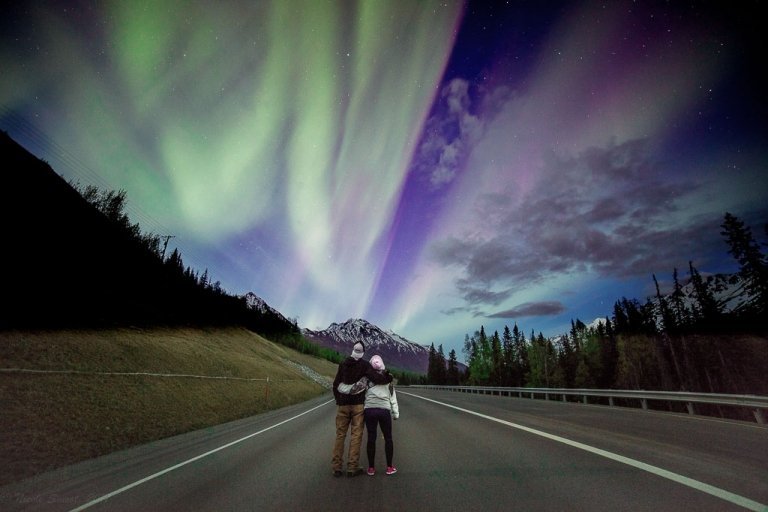
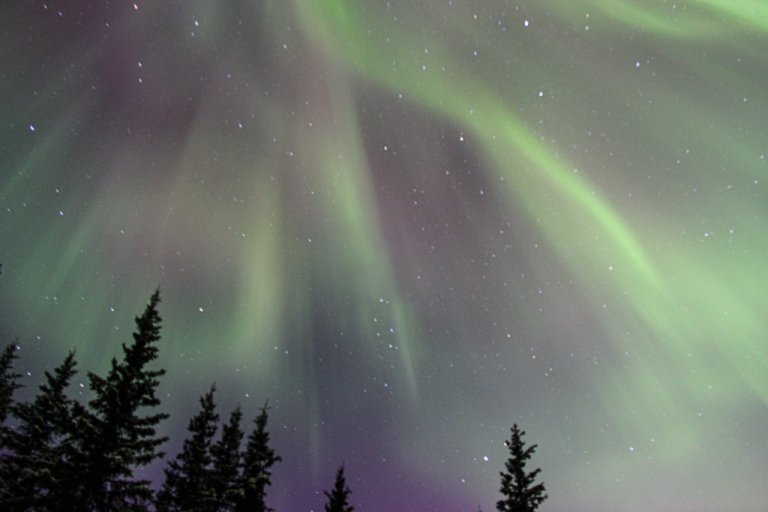
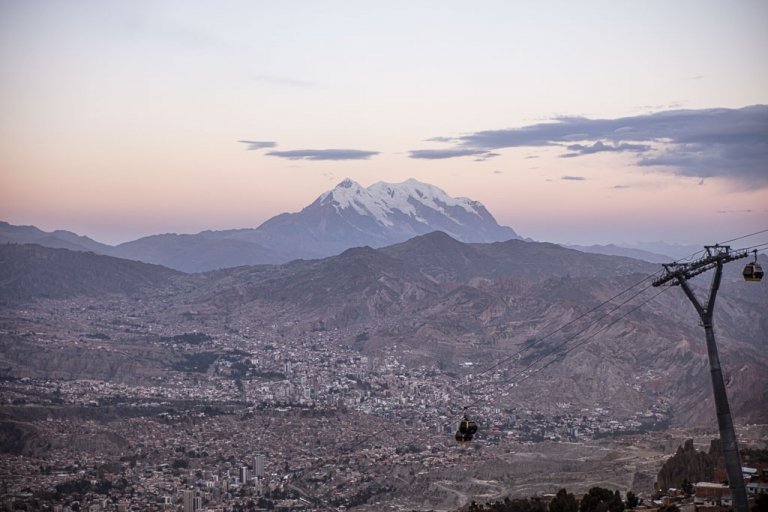




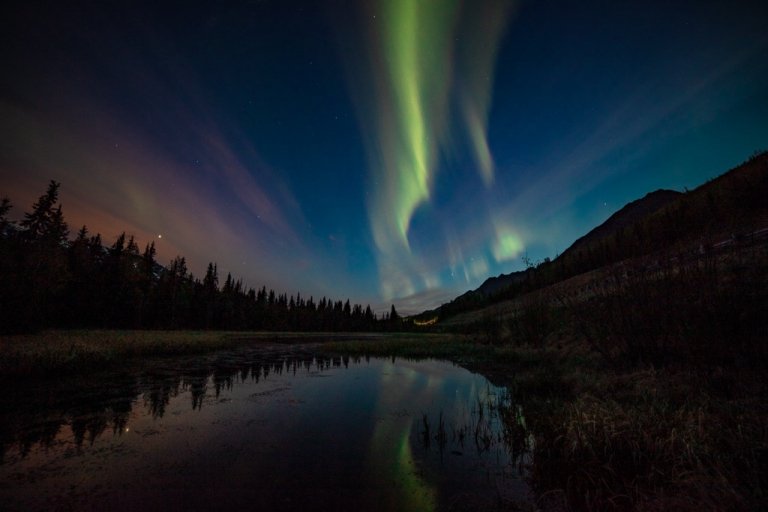

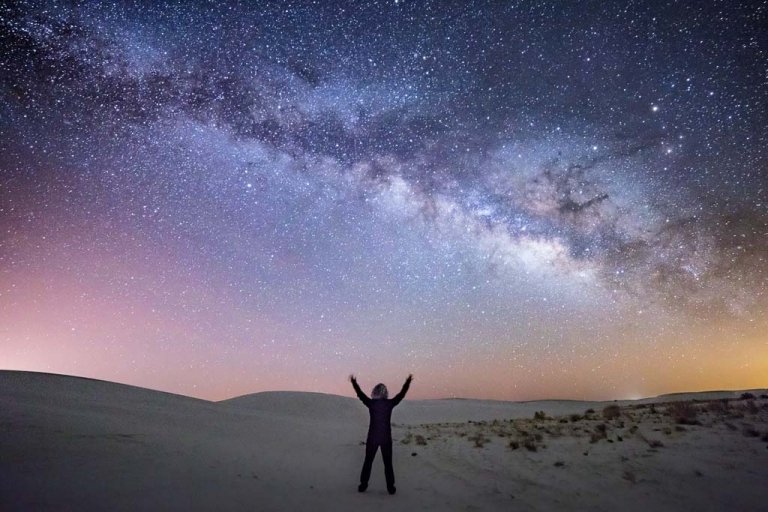
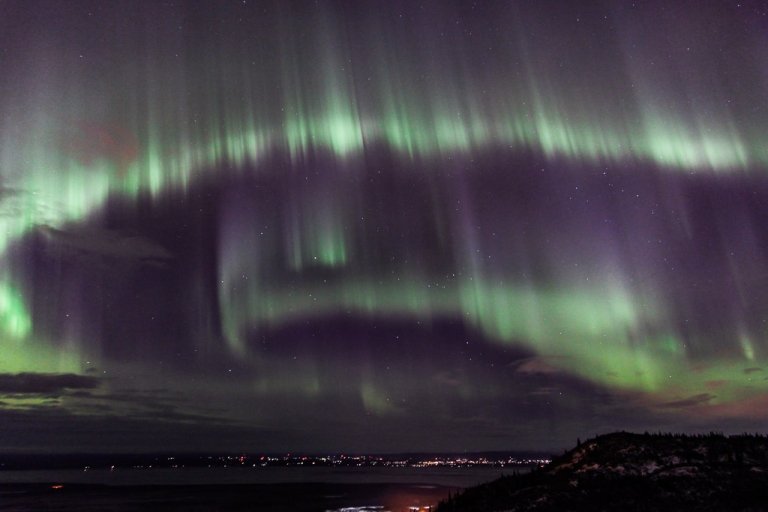
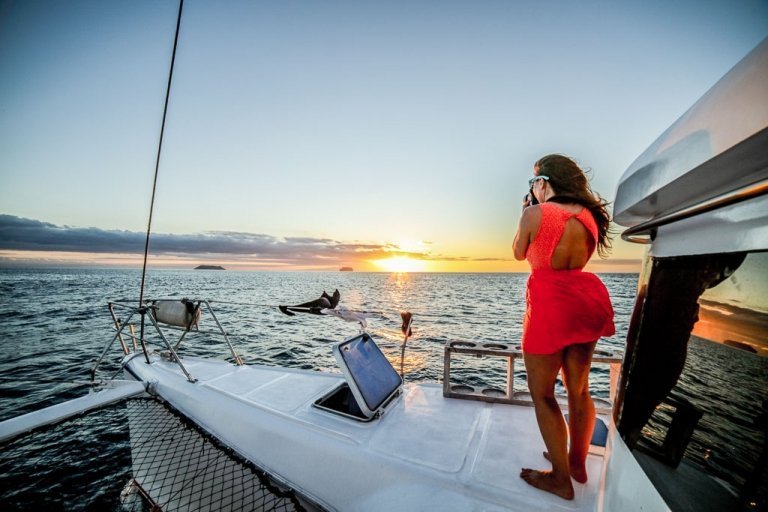

Thank you for sharing what’s in you camera bag with everyone! I would like to become a travel blogger one day and have been curious about what bloggers use for their photos.
Hey Kaylyn,
Glad to hear it answered some questions for you. I’d say start small and inexpensive with cameras and as you get more into start investing in some better equipment. But I’ll say- it’s an expensive hobby!
Wow, that’s quite the camera you have! I’m more new to photography, so thank you for all the recommendations here!
Yeah sometimes I feel like it’s still too uch camera for me!
just got a canon EOS rebel zt5 trying to figure it our for our next rrip!!
Oh that’s awesome Dotti, hope you love it! Where’s the next adventure to?